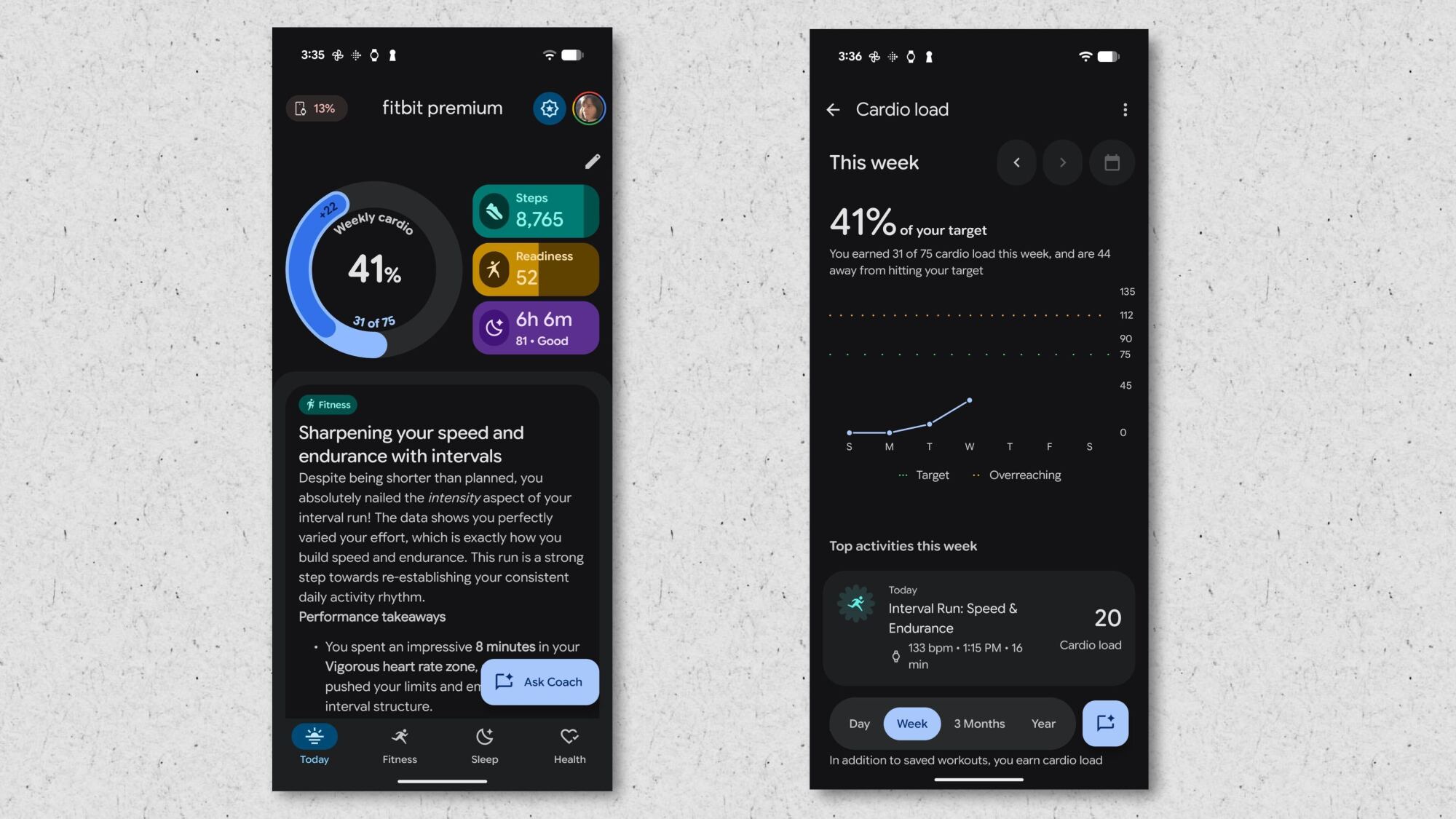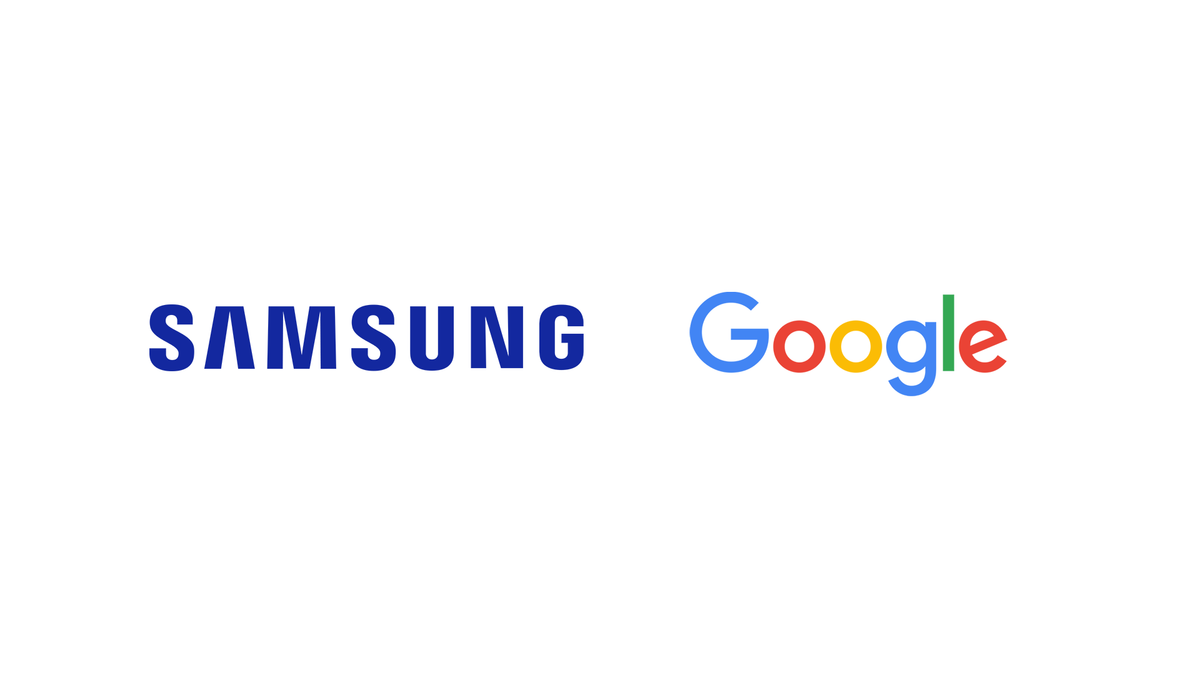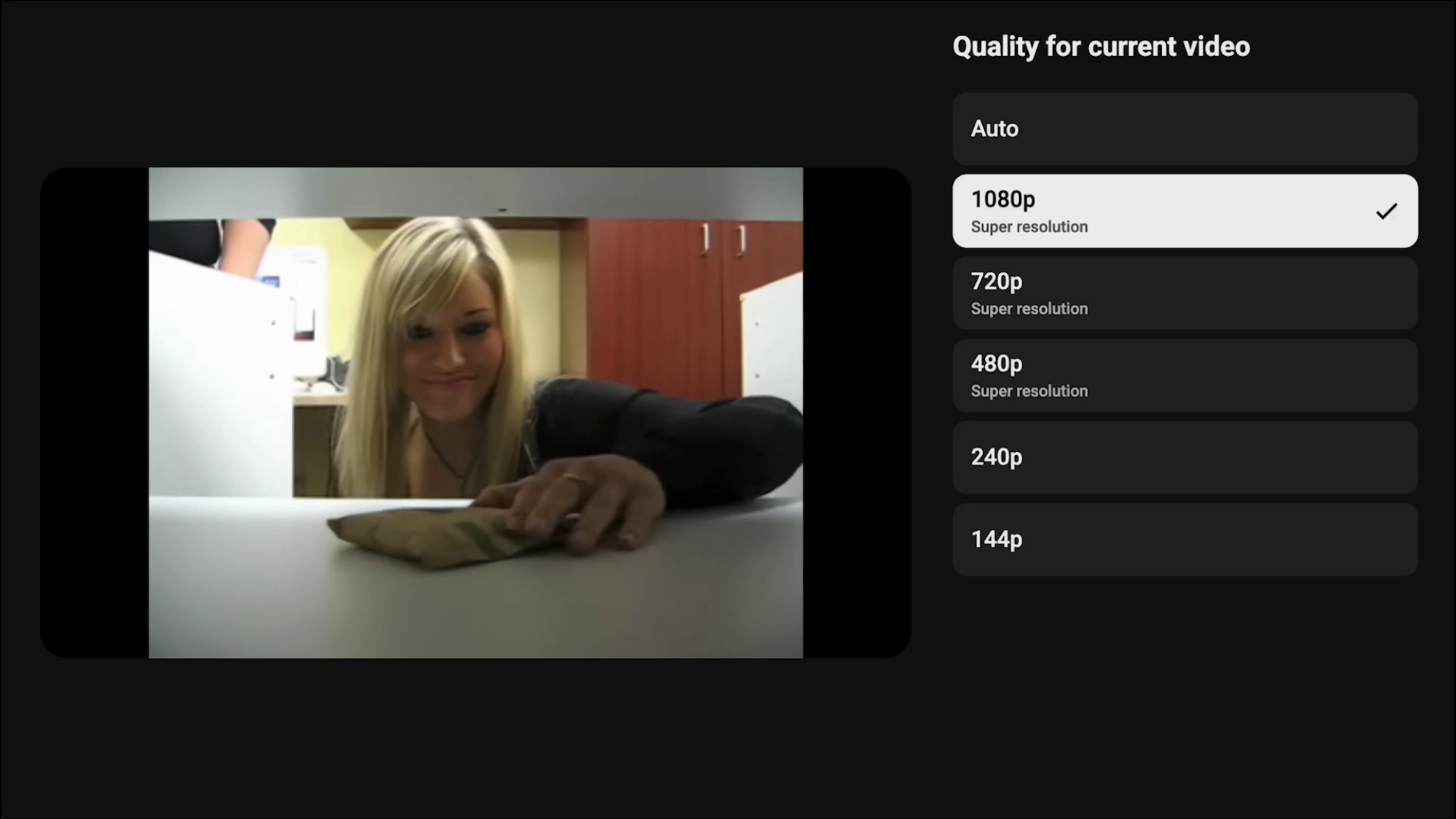An anonymous reader shares a report: The FCC adopted a notice of proposed rulemaking (NPRM) to rescind and revise certain rules attached to consumer broadband labels. The measure passed on a two-to-one vote, with Commissioner Anna Gomez, the lone Democrat on the FCC, voting no and calling the notice “one of the most anti-consumer items I have seen.”
The vote was held at the Commission’s open meeting for the month of October. As per a draft notice circulated earlier this month, the FCC is looking to roll back several rules, including requirements that service providers read the label to consumers via phone, itemize state and local pass-through fees, and display labels in consumer account portals, among others. Advocates at Public Knowledge urged the Commission to reconsider, saying in a recent filing that “the Commission could create a permission structure for ISPs to continue to act without accountability.”
In her remarks during Tuesday’s open meeting, Commissioner Gomez appeared to concur, depicting the move as “anti-consumer” and counter to the goals of Congress. The FCC was mandated via the 2021 Infrastructure Investment and Jobs Act (IIJA) to create rules for implementing consumer broadband labels. After a lengthy rulemaking process and discussions with industry and consumer groups, ISPs were required to start displaying labels in 2024.
“I typically vote in favor of notices of proposed rulemaking because I believe in asking balanced questions, even on proposals that I dislike, so that we can encourage fruitful and helpful public comment. Answers to tough questions help us strike the right balance so that our rules can both encourage competition and serve consumers. However, the questions posed in this NPRM are so anti-consumer that I could not bring myself to even agree to them,” said Gomez.
Gomez stressed that the notice will harm consumers by enabling ISPs to hide add-on fees and stripping people of their ability to access information in their own language. Moreover, added Gomez, it’s unclear why the FCC is doing this. “What adds insult to injury is that the FCC does not even explain why this proposal is necessary. Make it make sense,” she added.
Read more of this story at Slashdot.












